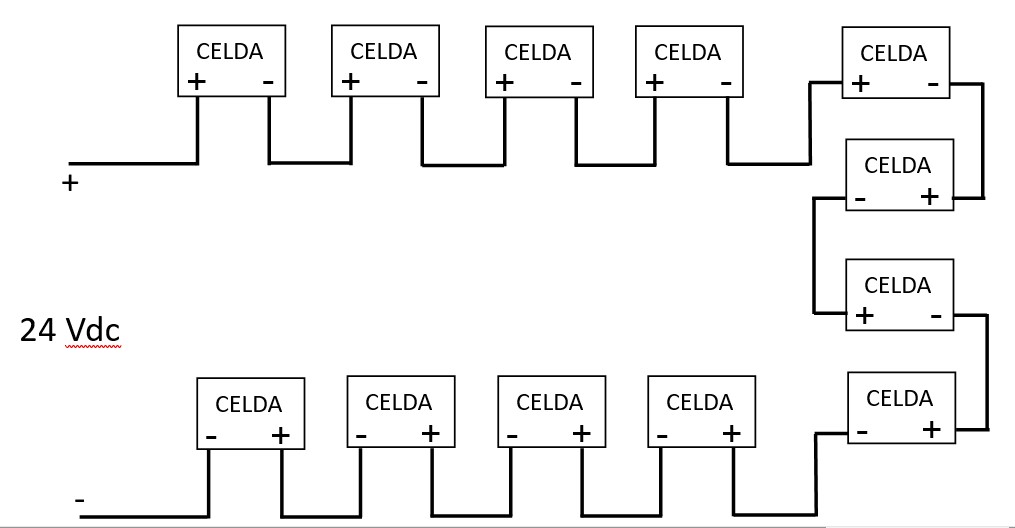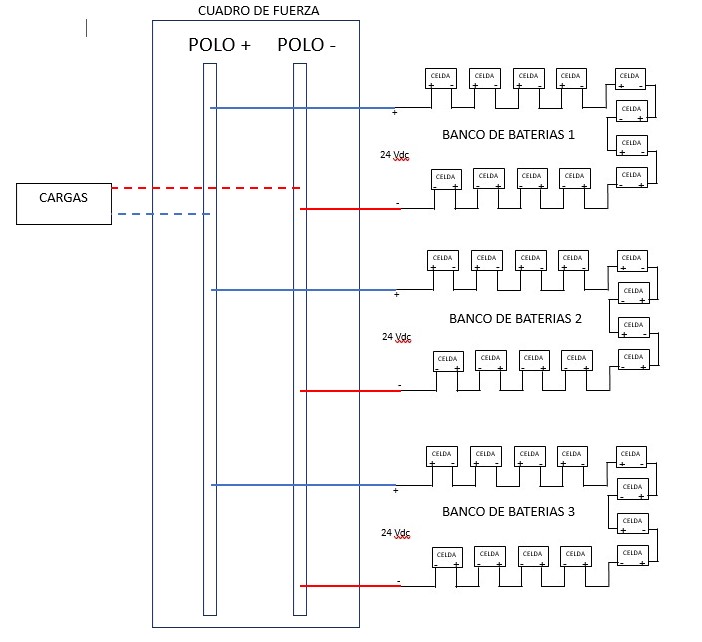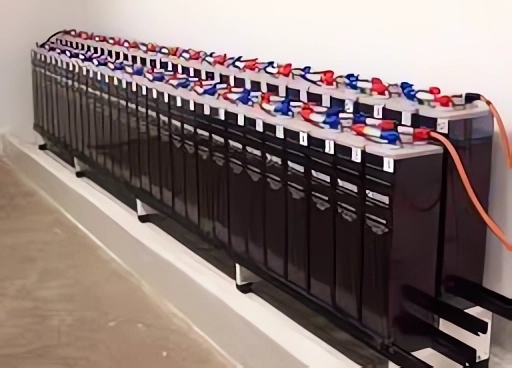AC/DC Power
What is a battery bank?
Batteries are devices that store DC energy for later use. In most electrical systems, they are used grouped together in battery banks. But… what is a battery bank? We’ll answer that in this article.
To learn about the characteristics of these devices, we invite you to read our series of articles on the subject, starting with The battery and its basics. With them, you will learn everything you need to know about these energy storage elements.
Next, we will present what a battery bank consists of, its configurations, and more. Let’s get started!
First things first: What is a battery bank?
This element is a grouping of cells that aims to achieve a nominal voltage level.
When you want to obtain a specific voltage at the output, you connect the cells in series. This type of connection is explained in our post Series connection and its application in solar power systems. Don’t miss it!
But if you need more current, then you connect them in parallel, as you can see in the article we recommend, Parallel connection: what it involves.
Its application in DC power systems
Large-capacity DC electrical systems for applications in photovoltaics, telecommunications, and industry operate at nominal DC voltages of 24 and 48 Vdc. This is because with higher voltage, the current is lower, and the system is more efficient.
So, for example, if you have a system operating at 24 Vdc, you would require 2 blocks of 12 Vdc batteries or 12 cells of 2 Vdc each connected in series. If each of these elements is 50 Ah, then you will have an equivalent current of 50 Ah.
But if you connect these batteries in parallel, you will have, in the first case, a voltage of 12 Vdc, and in the second case, 2 Vdc. However, the equivalent current will be 100 Ah and 600 Ah, respectively.
Common configurations
The common configurations for backup power banks in DC systems are 24 and 48 Vdc. Under this criteria, the following connections are used:
For 24 Vdc DC power systems
For stationary batteries, which are the ones we are discussing in this post, they can be configured as follows:
• 2 battery blocks, each consisting of 6 cells of Vdc, similar to car batteries. So, there would be 2 blocks of 12 Vdc connected in series
• 12 cells of 2 Vdc each, connected in series
For 48 Vdc DC power systems
So, the configuration will be one of the following:
• 4 battery blocks, each consisting of 6 cells of Vdc, similar to car batteries. So, it would be 4 blocks of 12 Vdc connected in series
• 24 cells of 2 Vdc each, connected in series.
This is applicable to both open and valve-regulated or sealed batteries.
Obviously, if you want to increase the current they provide, you can connect as many configurations in parallel as you need.
It is very important to consider that all elements must have the same characteristics, including brand, model, technology, capacity, and manufacturing date.
The following diagrams illustrate this for a 24 Vdc battery bank and the parallel connection of multiple banks.


Ending…
In our Course on sizing and designing DC power systems for telecommunications and critical systems, we delve deeper into this topic. We also provide comprehensive guidance on how to plan with this equipment. To explore its contents, simply click here.
Furthermore, at energydcac, we offer you engaging content on this subject and various others related to AC, DC, and alternative energy. Read them all!
Image Sources
- energydcac.com
- exponentialpower.com

